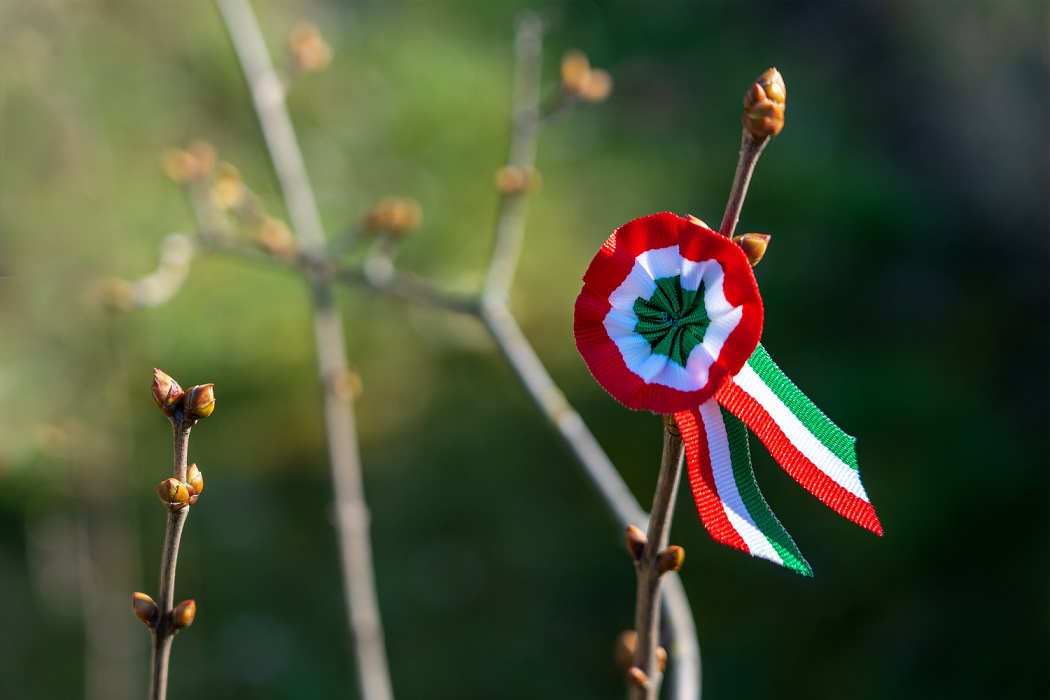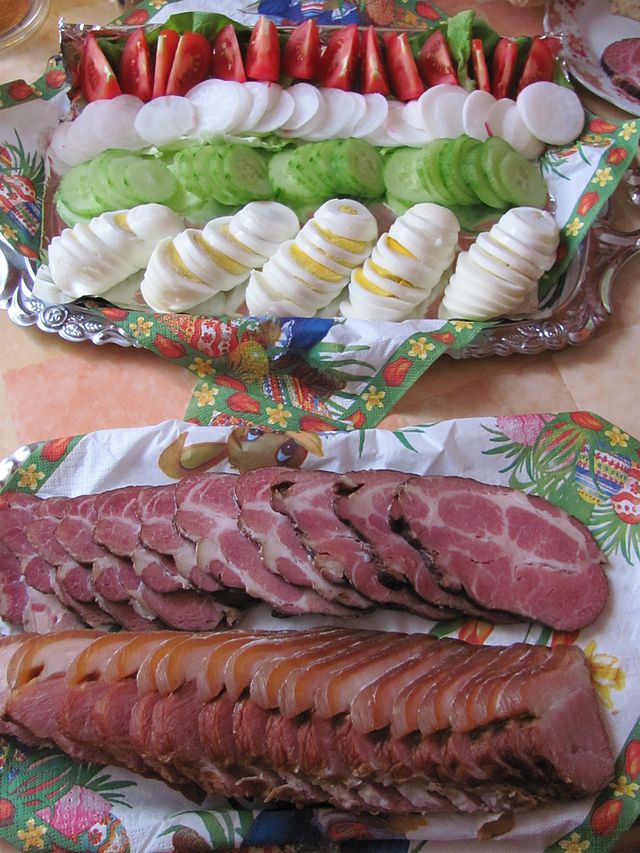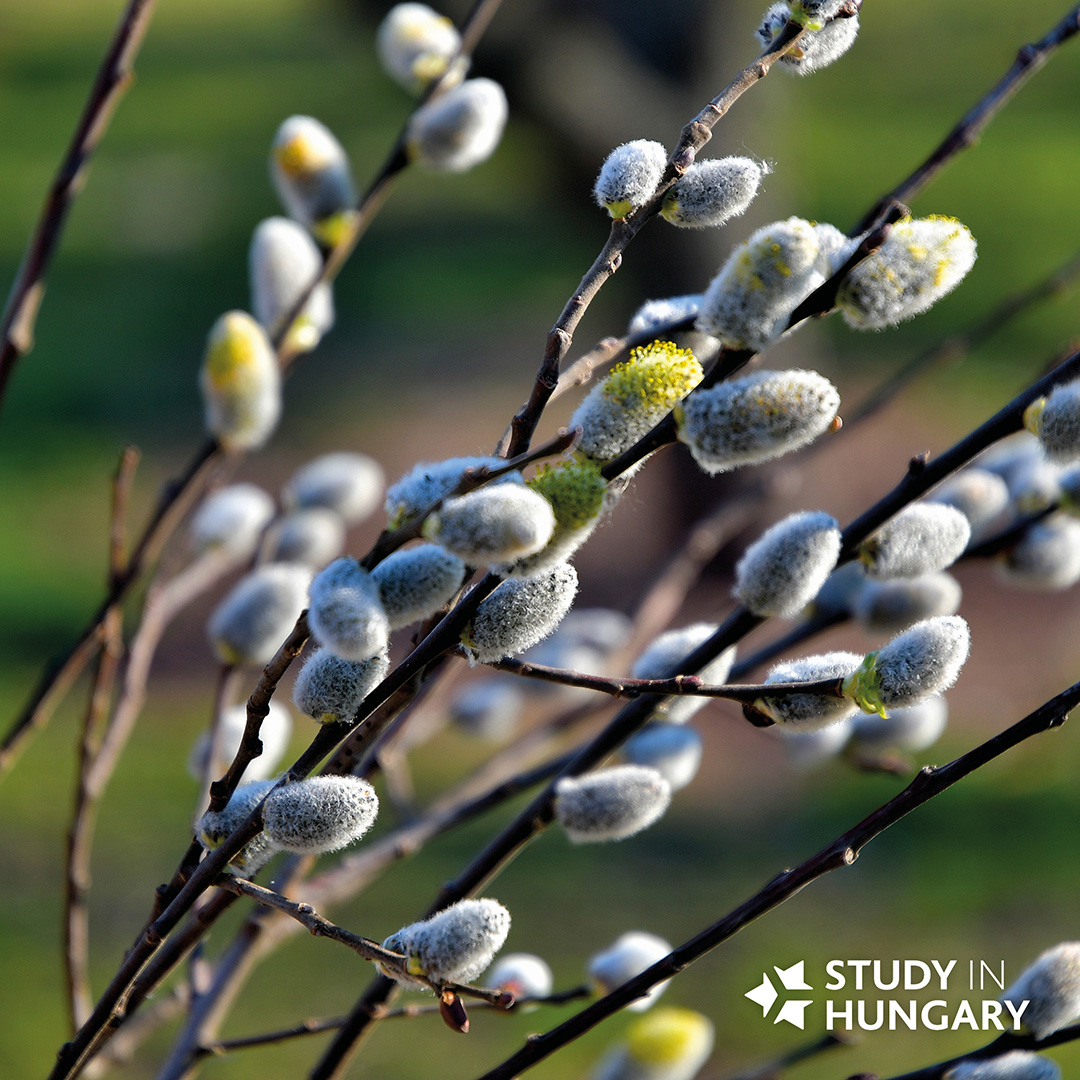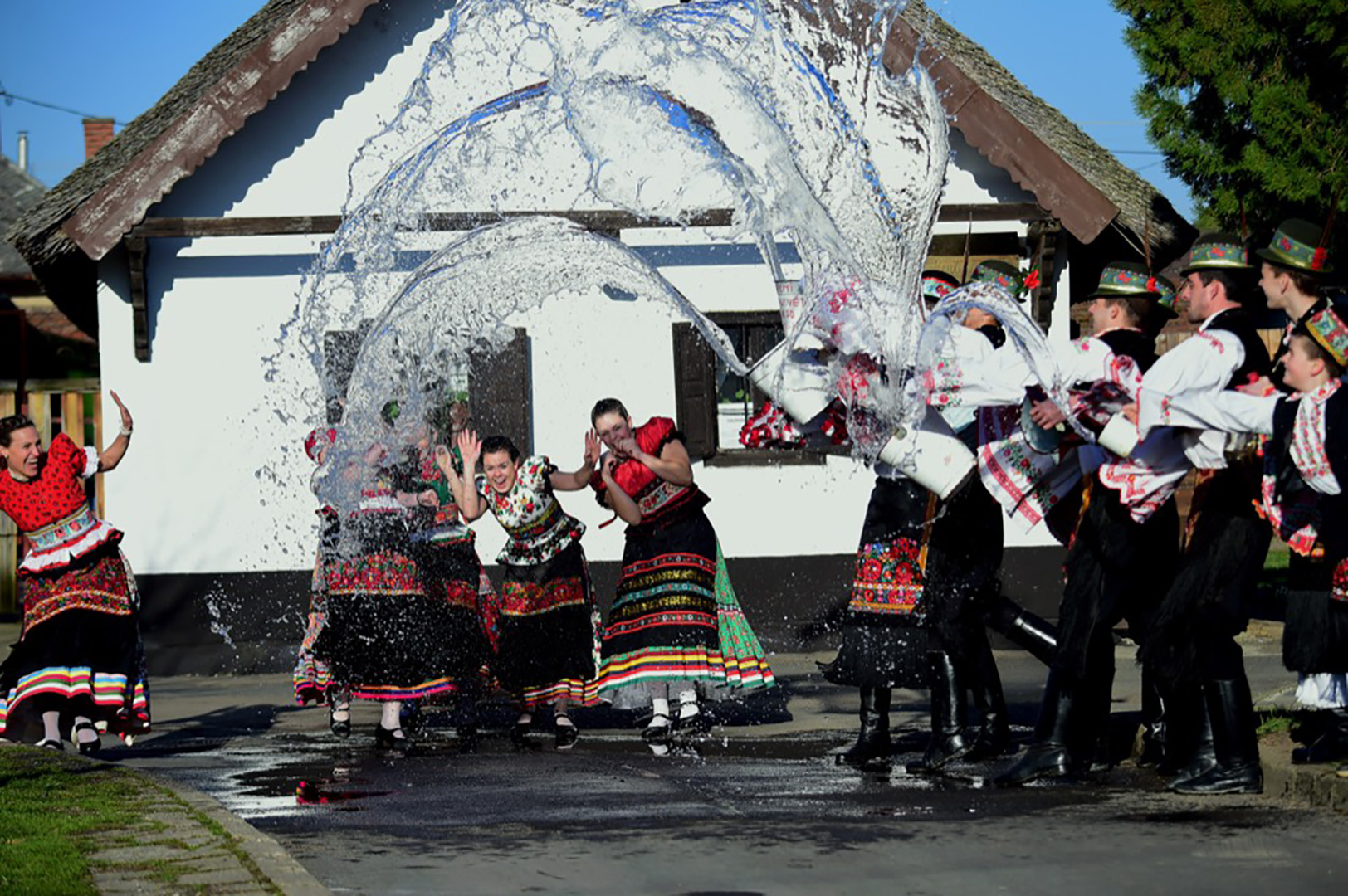All of the months’ name has old traditional Hungarian names and this month's name was “Tavaszelő” (The messenger of the spring) or “Nagyböjt hava” (the month of Lent) March is named after the Roman god of war, Mars, like the red planet. Some speculate that this is why the Romans considered it a good month to start wars. In ancient times, March 1st was considered the beginning of the year. Traditionally, this was the time for pruning the grapes, cleaning the orchard, and plowing.
Hungary, with its diverse landscapes and vibrant cities, undergoes a remarkable transformation as winter bids adieu. Jump into your hiking boots and you can have a great walk on the Bear’s Garlic Nature trail close to Keszthely enjoy the view at Nagy-Hideghegy, or just grab your coffee and enjoy the flower blossoms in the parks of Budapest.
The Birth of an Independent Country: 15 March Memorial
This day is among the most important national commemorations of the 1848 Revolution and the 15th of March today symbolizes national independence and democracy.

People wear tricolor badges, adorned with red, white, and green ribbons, symbolizing the Hungarian flag. The national flag is hoisted on buildings across the country. While March 15 is a day off for many, public events usually include family-friendly programs, the traditional flag-raising at Kossuth Square, a march to the National Museum's garden, and speeches honoring the heroes of the 1848 Hungarian Revolution. Despite challenges such as the pandemic, the spirit of March 15 endures as a reminder of Hungary's resilient journey towards independence.
18-21 March - "Alexander, Joseph, Benedict, bring the warmth in sacks..."
This Hungarian saying is the hope of good weather stay. The day of Alexander (18 March, Sándor) is the first day of warmth, according to popular belief. On the day of Joseph (19 March, József) the storks are expected to return to Hungary and the bees are released. Many crop predictions are also associated with this day. It is said if there is a rainbow in the sky, the wheat harvest will be good. The day of Benedict (21 March, Benedek) is the beginning of the astronomical spring. Feast of Saint Benedict, founder of the Benedictine Order. In some regions, garlic was consecrated on this day and was believed to have miraculous powers to ward off illness.
Fasting for Feasting: A Culinary Journey
Fasting, known as 'Böjt' in Hungarian, is a practice observed before Easter. It involves abstaining from certain foods, creating a period of reflection and spiritual preparation. However, the fasting period is followed by a burst of culinary delights during Easter. You can explore traditional Hungarian dishes like ham, eggs, and the delectable Easter lamb.

The Flower Sunday (Virágvasárnap) – the gateway of the Holy Week
The Sunday before Easter (28 March this year) celebrates the entry of Jesus into Jerusalem. In the Carpathian countries, the willow bark, an early budding willow tree, is consecrated in the churches and followed by the reading of the Passion of Jesus from the Gospel of Matthew. The consecrated bark is burnt before Ash Wednesday the following year, and there are many beliefs connected with the consecrated bark. On Palm Sunday, work, and especially entertainment, is forbidden. On Mátra valley, it is believed that dancing is forbidden, as the flowers would be dragged from the trees and wouldn’t be harvested. It is a folk tradition to sow flower seeds at this time because the plants will be more beautiful and fragrant.

Then the Resurrection happens - Easter (Húsvét) traditions
Easter, one of the most significant Christian holidays in Hungary, is celebrated with great passion in Hungary. After 40 days of fasting, Christians can take meat for the first time when Húsvét begins. Easter celebrates the resurrection of Jesus Christ three days after his crucifixion. On Good Friday Jesus was found guilty and was crucified by the Romans. Jesus died on Saturday, therefore there are no liturgies or masses on that day. Easter Sunday is said to be the biggest celebration of Christianity, this is when Jesus was resurrected. This day the churches are filled with candles and flowers, and there are holiday masses.

The official end of Easter is Easter Monday - a public holiday in Hungary - when the focus turns to the folk traditions. Traditionally women and girls decorate eggs which they offer to men and boys who arrive on Easter Sunday with a short and funny poem. Back in the old days they would grab the women take them next to the well and toss a bucket of water on them. These days men rather use perfume or cologne. The country adorns itself with beautifully decorated Easter eggs, and families come together for festive meals.
Spring in Hungary is not just a season; it's a celebration of life, culture and history. For you, it offers a unique opportunity to become a part of the country's vibrant tapestry, creating memories that will last a lifetime. From Easter traditions to cultural festivals, Hungary's spring customs provide a fascinating glimpse into the heart and soul of this enchanting European nation. So, dive in, embrace the festivities, and make the most of your springtime adventure in Hungary!